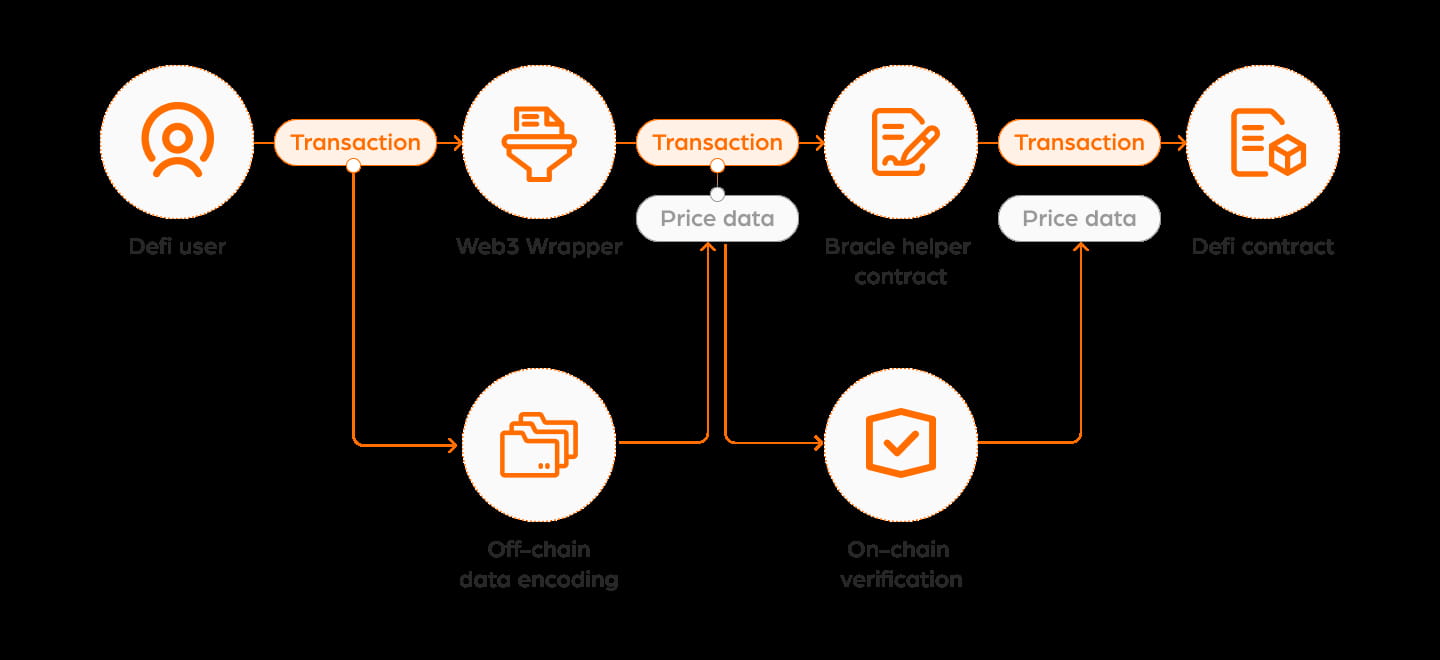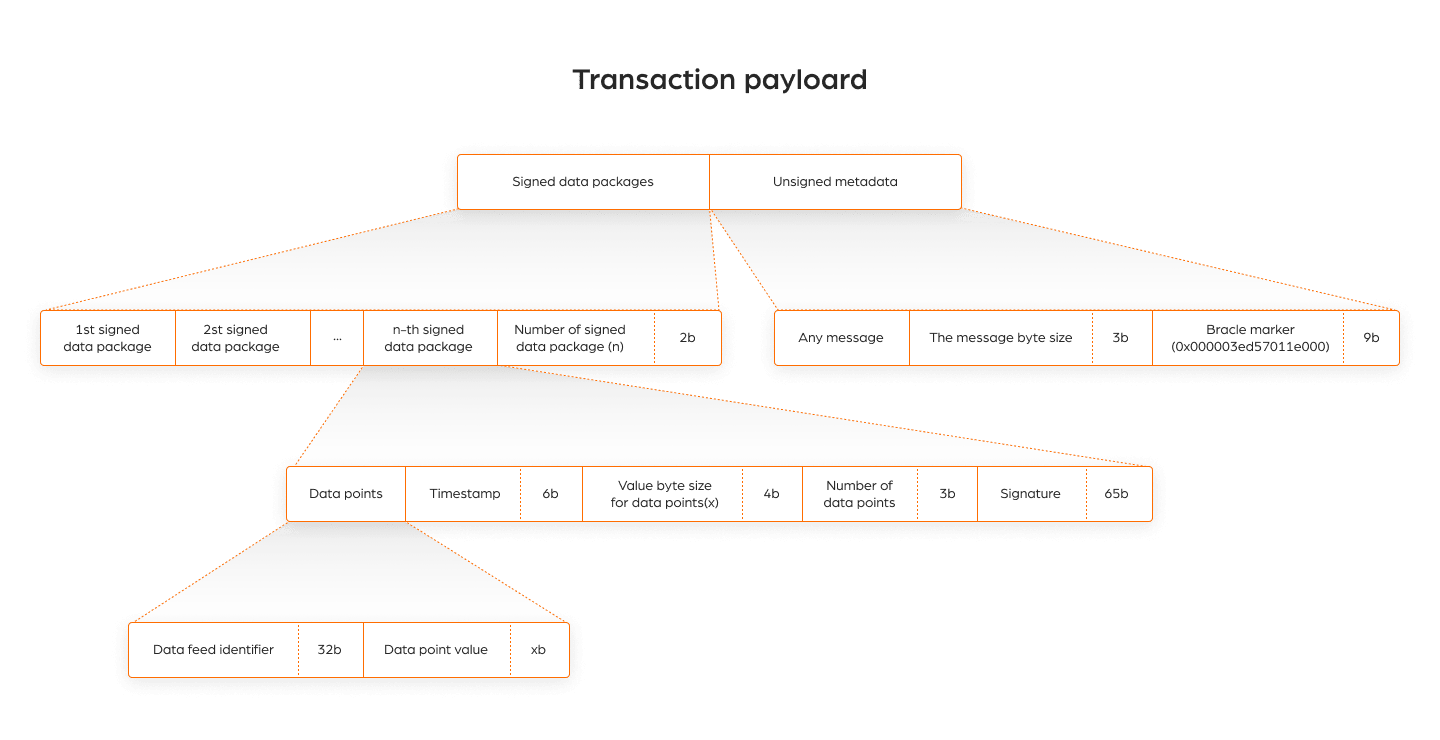Without a secure, reliable, and timely oracle, the liquidation price of loans, the mark price of perpetual contracts, and the net value feed price of RWAs would lose their anchor points. BounceBit’s methodology for oracle integration is commendable: it proposes clear access criteria at the Layer 1 level and uses the implementation of Bracle Network as an example to make the path from 'trusted data → contract execution' transparent, auditable, and frictionless for users.

Clarifying the oracle lineage is essential to choose the right solution. Based on data sources, they are divided into software-based (online data such as market quotes, flights, weather, etc.) and hardware-based (sensors, IoT devices); based on data flow direction, they are divided into inbound (off-chain to on-chain) and outbound (on-chain to off-chain); based on organizational form, they are divided into centralized and decentralized. BounceBit’s design focus is clearly on 'decentralized inbound data', as this is precisely the greatest demand point for price credibility and availability in DeFi and derivatives.
Bracle Network plays the role of a decentralized aggregator of prices and events on BounceBit: open permissions, frequent updates, data sourced from over 20 sources, covering both centralized and decentralized exchanges, reducing single-source distortion and manipulation risks. For developers, this means they can directly call robust quotes aggregated from multiple sources in an EVM-friendly environment using familiar interfaces.
On the technical path, BounceBit provides standardized implementations for two key aspects of 'on-chain verifiability'. The first is off-chain encoding: lightweight caching nodes from Bracle pull the required data from the decentralized caching layer, package it as a message according to the agreed format, and append it to the payload of the user's original transaction; all of this is automatically completed by ContractProxy, completely transparent to end users, without increasing interaction burdens. The second is on-chain verification: the contract extracts the appended package from msg.data, first confirming whether each data point's signature comes from a trusted provider, and then verifying the freshness of the timestamp; subsequently, for each requested feed price, it counts the number of unique signers, extracts their respective values, and outputs the result using the median as the default aggregator. To reduce systemic costs, the verification logic uses low-level assembly to optimize the execution path, pushing gas consumption to very low levels.

This set of measures addresses the three major pain points of oracles. In terms of security, multi-source signatures and 'trusted provider' verification avoid single points of failure, while timestamp checks effectively reject stale or delayed data; in terms of reliability, median aggregation is naturally noise-resistant and robust against extreme spikes, making it suitable for highly volatile markets; in terms of performance and cost, the load is transmitted alongside transactions, and on-chain verification is lightweight, ensuring timeliness while predictably controlling gas expenditures, truly achieving 'usable even at high frequency'.
From the user's perspective, the path is likewise simplified: developers only need to integrate ContractProxy and call standardized interfaces in the contract to obtain verifiable aggregated data; end users initiate transactions as usual, with oracle loads automatically appended, requiring no additional signatures or multi-step operations. This 'zero-friction integration' allows scenarios such as lending, AMM, perpetual contracts, stablecoin liquidation, and liquidation bots to utilize consistent, reusable price infrastructure.
Of course, rational configuration is still essential. It is recommended that protocols set price expiration thresholds and minimum unique signer counts at the contract level, retaining emergency pause or rollback logic; for critical markets, a second redundant source can be layered to hedge against extreme correlation risks. Fortunately, BounceBit has preemptively established these 'safety measures' as systematic agreements, making auditing and risk control easier to implement.
Ultimately, BounceBit is not 'introducing an oracle', but rather providing a compliant pipeline from data acquisition, encoding, validation to aggregation at the L1 level. Decentralized oracles represented by Bracle Network thus become public services that can be directly procured and integrated with one click. For builders, this means faster launches, smaller trust assumptions, and lower operating costs; for users, it translates to more transparent, reliable, and better on-chain interactions.


